Do you think you've got what it takes to be a bison rancher? If you're interested in this amazing animal and have some grazing land, you probably do.
As a rule, bison are no more difficult to raise than cattle. They’re different, of course, since they haven’t been raised as domestic animals for thousands of years as cattle have. But that is what makes them special.
Bison need grass, water, good fences, herd companionship, durable handling facilities and a smart preventative health program. With minimal care, they can thrive in environments ranging from hot, humid coastal pastures to arid rangeland.
Bison generally require less hands-on management than most cattle herds. After all, they have survived without man — and sometimes in spite of man — for eons. Bison are amazingly tough and adaptive and are very good at fending for themselves in harsh weather. They calve without assistance, and the calves hit the ground growing.
The cost of getting into bison ranching is roughly the same as establishing a quality commercial cattle herd. Many members of the Texas Bison Association sell breeding stock, and there is nothing we enjoy more than helping a new bison producer get started.
One of the smartest things a new producer can do is to join both the Texas Bison Association. Both organizations go out of their way to help new producers get their bison operations up and running. Whether you have two bison or 2,000 — or even if you are just thinking about getting into bison ranching — the networking value alone is worth the investment. You will learn a lot from talking to fellow producers.
There are several advantages to raising bison.
• Bison do not need artificial shelter (barns, etc.)
• Efficient feed utilizers
• Bison have a long productive life
• Bison cows calve on their own
• Bison are extremely hardy animals and are disease resistant (i.e. low vet costs)
• Bison meat has a high demand among consumers
Carcass Info
Consistency is very important to the food service industry. Restaurants want to be assured that producers provide consistent size, age, and quality of steaks and other cuts of bison meat. Here's some general guidelines.
Fact Sheet on Bison Butcher Bulls
(18-30 Months of age for primal cuts)
Average Live Weight: 950 lbs - 1250 lbs
Ideal Live Weight: 1130 lbs
Average Carcass Weight: 550lbs - 725 lbs
Ideal Carcass Weight: 650 lbs
Average Yield: 57% of live weight
Average Yield of meat - 450 lbs/carcass
